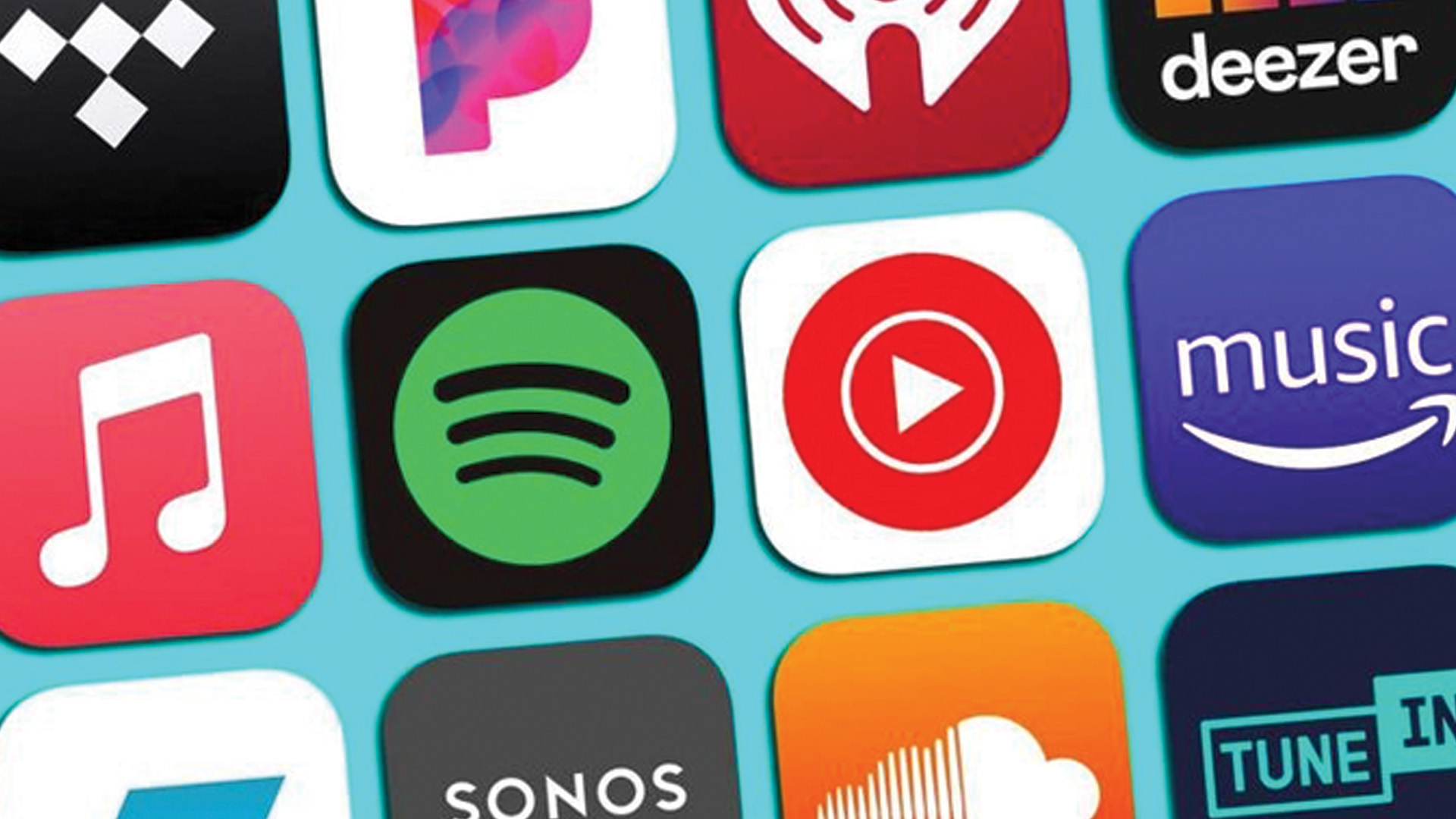DSP Algorithms: Get Them Working in Your Favor
In the world of music streaming, every Digital Streaming Platform (DSP) is a business . These platforms, like Spotify and Apple Music, utilize sophisticated algorithms to serve up content to listeners that will drive music subscriber growth and retention. What artists do (or don’t do) ultimately impact whether a DSP grants algorithmic exposure. As an independent artist, understanding what drives the algorithms is akin to unlocking the doors to a vast audience. Your efforts can make all the difference in whether your music rises to the top or remains buried beneath the noise. Here’s how you can navigate the algorithmic maze to ensure your music shines through:
1. Quality Production: DSP algorithms favor tracks with high production quality. Invest in professional mixing and mastering to ensure your music sounds top-notch. Better quality means better chances of algorithmic recognition. Sound quality includes production, mixing, and mastering.
2. Metadata Optimization: Pay attention to metadata like song titles, artist names, album titles, and genre tags. Use relevant keywords that accurately describe your music. This helps DSP algorithms categorize and recommend your tracks to the right audience. Embed this metadata into your masters before you submit for distribution.
3. Consistent Release Schedule: DSPs reward consistency. Release new music regularly on a predictable schedule. This keeps your audience engaged and signals to algorithms that you’re an active artist worth promoting. DSPs are not inclined to feature artists that appear to release music as a “hobby.”
4. Engagement Metrics: DSPs track metrics like streams, saves, playlist adds, and listener retention. Encourage your fans to engage with your music by streaming, saving, and sharing it. Higher engagement signals popularity to algorithms, increasing the likelihood of playlist placements.
5. Playlist Pitching: Submit your music to DSP-owned playlists (do not pay-to-play via independent curators – the system cannot be gamed). Many platforms provide tools for artists to pitch their tracks directly. Getting featured on popular playlists exposes your music to a wider audience and boosts algorithmic visibility.
6. Cross-Promotion: Collaborate with other artists and influencers to cross-promote each other’s music. Sharing audiences increases your reach and enhances your algorithmic footprint. DSPs recognize collaborative efforts and may prioritize such tracks in their algorithms.
7. Social Media Presence: Maintain an active presence on social media platforms. DSP algorithms consider social signals like follower count, engagement, and fan interactions. A strong social media presence can amplify your music’s algorithmic visibility. Your social media strategy is a critical variable that influences DSP consideration.
8. Adaptation to Trends: Stay informed about current music trends and adapt accordingly. For example, DSPs create playlists specific to Spatial Audio/DolbyAtmos mastered songs; an area. Did you know that more than 90% of Apple Music listeners are listening via Spatial Audio and Apple Music is paying a higher royalty rate for tracks delivered in Spatial Audio?
9. Patience and Persistence: Building momentum on DSPs takes time. Don’t get discouraged by initial setbacks or slow growth. Stay consistent, keep refining your strategy, and trust in the gradual accumulation of algorithmic support. Remember that patience and persistence results in momentum.
Each of these tactics, when triggered, send a signal to the DSP algorithms and result in points given. How many of the tactics are you using and how often are you and your fans sending signals to the DSPs?
The DSP algorithms are based on the same principles found in social media algorithms. When you scroll on TikTok, Instagram, YouTube, etc., you are served up content that you engage with—content that the social media platforms know will keep people coming back over and over again to scroll. So, the volume of people clicking through to your music from your socials, searching for you on the DSP platforms, listeners adding your music to their personal playlists, downloading your music, pre-saving before your songs are released, re-streaming your music, becoming a follower, the consistency and volume of releases, etc.—the totality of these signals (or points tallied) show a DSP whether or not serving up your content will keep music subscribers listening on their platform.
Cracking the code of DSP algorithms demands a holistic approach, where each variable – from the quality of your music production to the depth of your social media engagement with fans – influences whether you catch algorithmic attention. It’s not just about one factor; it’s about orchestrating a symphony of elements that align with algorithm preferences. Utilize each of these variables and you will gain DSP support and catapult your music career to new heights. For questions about this topic, don’t hesitate to reach out.

